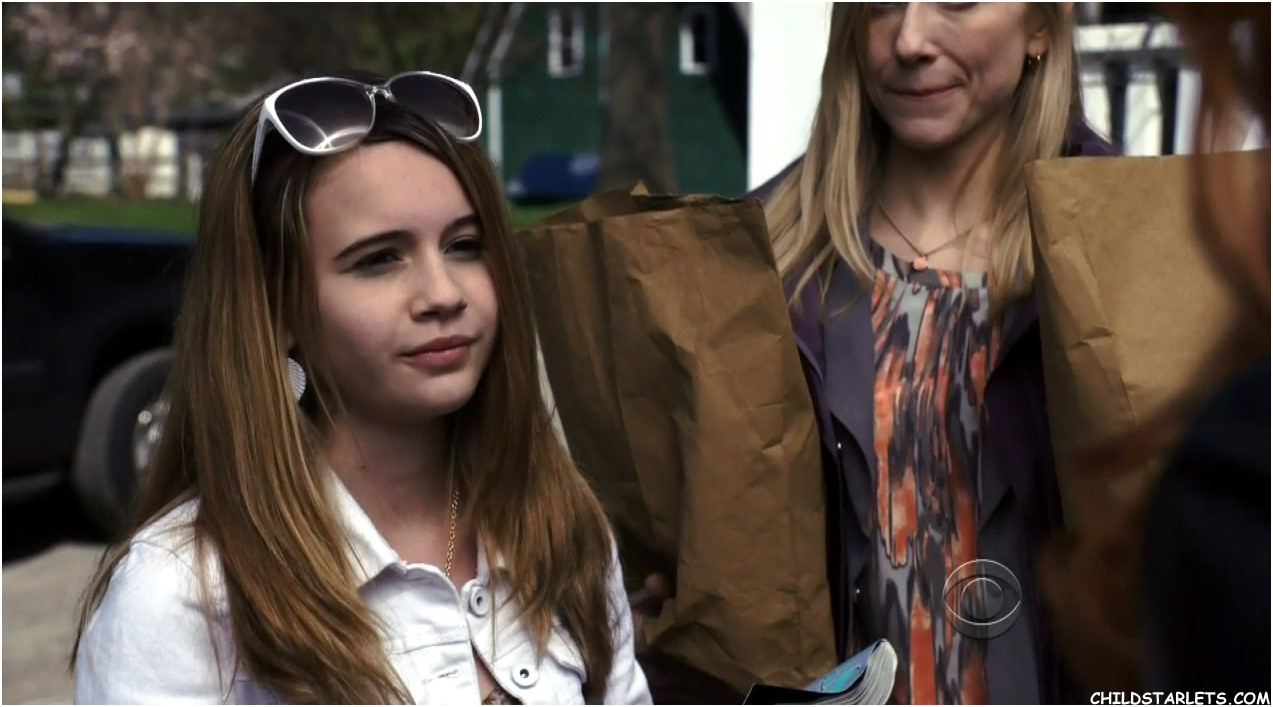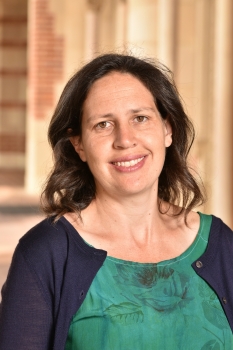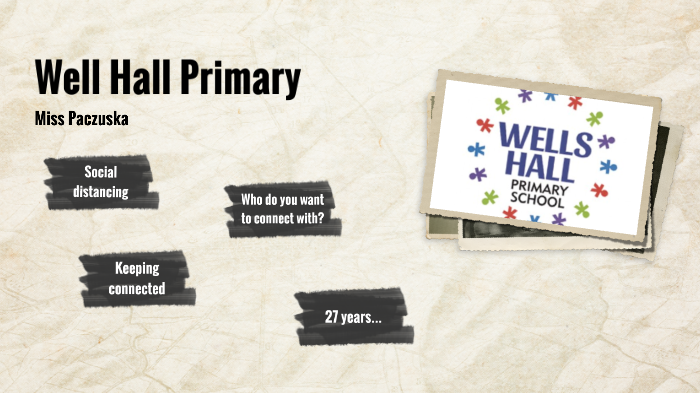

The coffin, earth, and winding sheet shall soon thy active limbs enclose. Mortality is a common theme, as in this 1763 lyric from Charles Wesley:Īnd am I born to die, to lay this body down,Īnd must my trembling spirit fly, into a world unknown? Like the harmonies, the verses we sing are in a style not represented in modern churches. It is difficult to distinguish a single melody in shape-note music, because all the voice parts are melodic in their own right (this makes the music both difficult and fun to sing). The other parts, alto and bass, are each sung in one octave. The melody is carried in the tenor part, which is sung in both high and low octaves, as is the treble part. However, the parts are not strictly segregated by gender. Songs are arranged in four voice parts for a cappella singing. The Sacred Harp, an eclectic collection of over 500 songs in all these traditions, was first published in Georgia in 1844 and has remained in print since then. The musical styles most associated with shape-note notation include New England choral music of the late 1700s, Appalachian folk hymns, and camp-meeting spirituals. It is sometimes called “Sacred Harp” after the book we use or “fasola” after the shapes. This system is related to the do- re- mi, or solfege, method. They are used to aid in learning vocal parts and replace the round note-heads in standard music notation. The “shapes” are the four symbols fa (triangle), sol (circle), la (rectangle), and mi (diamond), which were designed by a Philadelphia shopkeeper in 1798.

Shape-note notation developed from the singing-school movement of the 1700s. I was also struck by how young many of them were.Īlthough the designation “ shape note” has come to represent an entire musical genre, it actually refers to the way music is written. I was struck by how focused and serious the group was, though it was evident when we took a break that they could be relaxed and friendly. A number of singers were so familiar with the songs that they hardly looked at the book. Some song leaders seemed hesitant, while others led with polished, graceful movements. Everyone was offered a chance to choose a song and stand in the middle. This went on for about an hour, and, after a break, another hour, for about thirty songs. The person who chose the song stood in the middle of the square to lead the group and moved their arm up and down with the beat, a gesture that was mirrored by many of the seated singers. Everyone sang through the song using the syllables fa, sol, la, and mi, followed by a verse or two with words. A designated person sounded the starting chord. Their singing followed this sequence: a page number was announced and pages were shuffled.

They sat in four ranks facing toward a center square. About twenty singers crowded into the narrow tin-ceilinged room.

Arriving late in a rainstorm, I found myself a book and a rickety chair. We’re not a choir or a club (or a cult!), but we are part of a growing, global population of singers-many of them young, singing in this same manner from the same book. The 300-year-old lyrics are powerful, rather than quaint. The music is loud, raw, rhythmic, and sometimes discordant. There is no choir director, no audience, and no instrumental accompaniment. We sing Christian hymns in a vocal style better fitting a frontier camp meeting in the early 1800s-or a punk show-than a mainline church today. Shape-note singers have been gathering at A-Space every fourth Thursday evening for the past nine years.


 0 kommentar(er)
0 kommentar(er)
